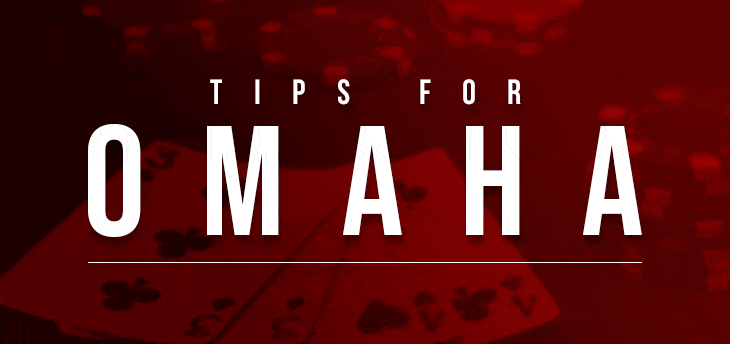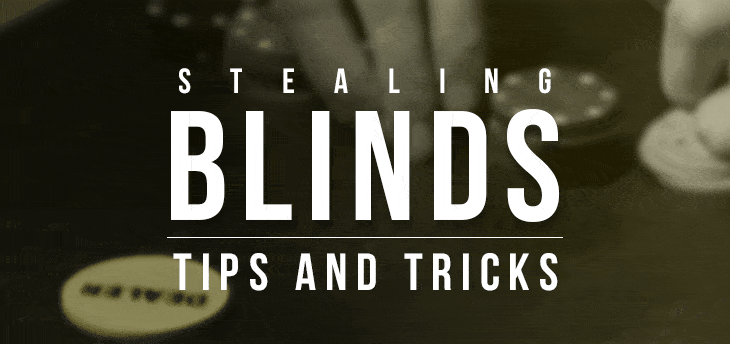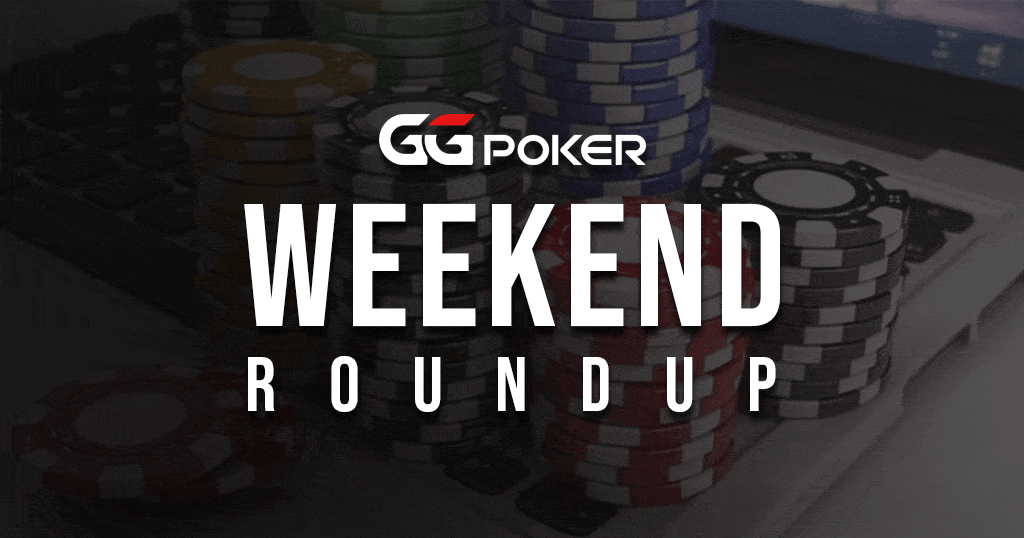The Beginners Guide Series: Stakes, Blinds and Position
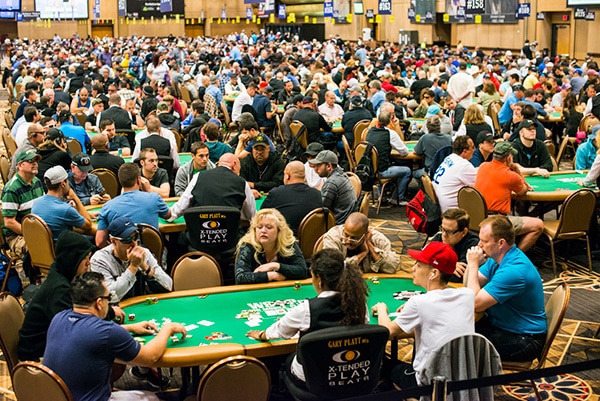
Basic Rules & Poker Terms
Poker is one of the biggest games in the world for several reasons. As a game of skill, strategy, and psychology, it appeals to players of all types. The popularity of poker is also boosted by the fact that it can be played in person or online, making it accessible to everyone. In addition, poker has a rich history dating back hundreds of years, which adds to its appeal. Today, poker is enjoyed by millions of people worldwide and shows no signs of slowing down. Whether you’re a casual poker player or a seasoned pro who dabbles in Texas Holdem poker and other poker games, there’s always a reason to enjoy a good game of poker.
Poker, particularly variants like Texas Hold’em, is well known for having a low skill floor yet a high skill ceiling. Beginners can learn the basic rules quickly thanks to the rules being straightforward and easy to explain; however, mastering the game takes years of practice and experience. There is always something new to learn, making poker incredibly rewarding to play and study. There are countless resources to help you improve, from books written by professionals like Doyle Brunson’s “Super/System” to online guides like this one.
This guide is primarily aimed at beginners and will cover three essential concepts in poker: Stakes, Blinds, and Position to ensure new poker players are ready before they go to a poker room.
What is Position?
Position is one of the most underappreciated concepts in poker, especially by beginners. Where you sit at the table greatly impacts your gameplay because it determines when you act relative to the other players. Acting last in a round of betting gives you a significant informational advantage since you can see everyone else’s actions before, as the last remaining player to act, you take yours. Likewise, acting first in a poker game means acting blindly; everyone can react to you. Position is a fundamental concept in poker, and the best players are those who can leverage positional advantages every chance they get. The later you act, the more hands you can afford to play since the added information gives you more opportunities to outplay your opponents.
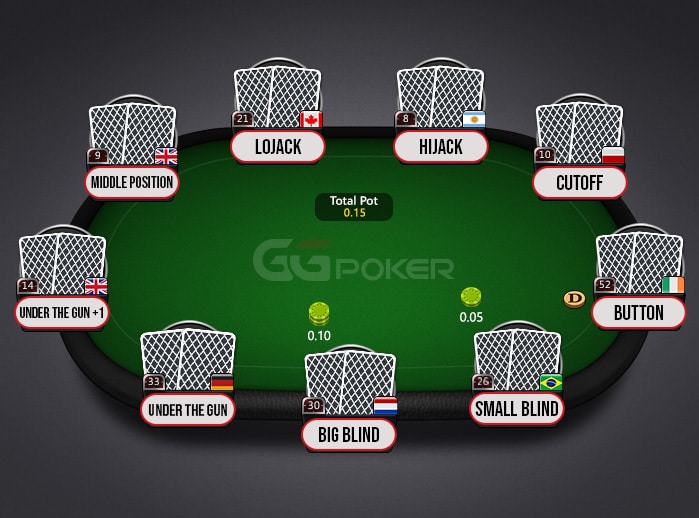
List of positions in poker
In a full-ring game of poker, there are usually up to nine seats at the table, which have names and are separated into three categories: Early, middle, and late. Early position includes the big blind, the small blind, and the “Under the Gun” (UTG). The blinds act first post-flop but last pre-flop, and the UTG acts first pre-flop and third post-flop. The name “under the gun” comes from how they are pressured to act first. Middle position includes UTG+1, middle position (the seat), and the Lojack. The UTG+1 gets its name from being directly after the UTG, and the Lojack is named that for being right before the hijack. Late position includes the hijack, the cutoff, and the button. The hijack is named for its ability to raise early and take control of the hand from the positions behind it. The cutoff similarly gets its name from its ability to cut the button’s advantage off by raising earlier. The button is the best position in poker, acting third to the last pre-flop and acting last post-flop. It gets its name because it is the position of the dealer. In casinos, the dealer doesn’t play in the game, so a dealer “button” is used as a placeholder for the rotating position. The blinds are unique positions, so we will elaborate on them further.

What are the blinds?
Blinds are forced bets used to stimulate betting action. In most poker games, the two players to the dealer’s left are required to post blinds, which encourages players to enter the pot and keeps the game moving. Without the blinds, players would never feel the need to enter the pot if they don’t have a premium hand. The blinds add a “cost” to playing conservatively, encouraging players to try and win pots to make up for it. The size of the blinds is typically determined by the game’s stakes, with higher-stakes games having larger blinds. The blinds get their name because they are “blind” bets made before the players can see their cards.
The blinds as a position
Blinds can also refer to the positions required to pay them. For numerous reasons, the blinds are notoriously bad and are often considered the worst positions in poker. Their forced bets mean that, unlike every other player, they must commit money to the pot pre-flop. Considering that most poker hands aren’t worth playing, they are at a monetary disadvantage. Another reason the blinds are a terrible position is they act first on the three betting rounds after the flop.
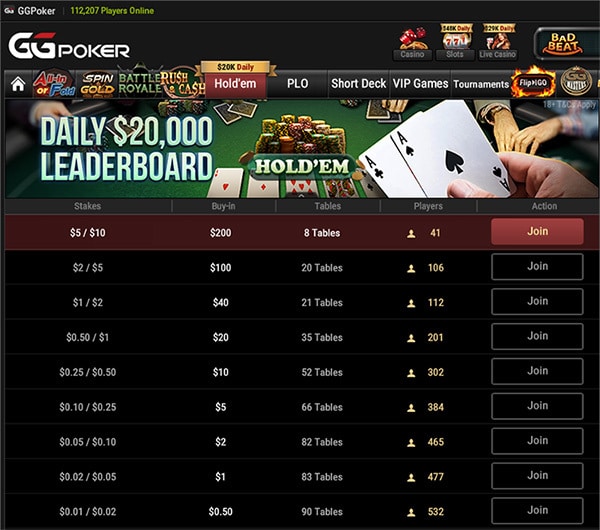
Stakes & buy-ins explained
Poker is a game played almost exclusively for real money. Stakes dictate how much you stand to win or lose. In no-limit Texas Holdem, stakes are often represented using the blinds since the big blind is the minimum bet size of the game. Games are typically described as low, medium, or high-stakes, but online poker has led to the creation of extremely low-stakes games known as “micro-stakes,” as well as extremely high-stakes games known as “nosebleeds.” Micro-stakes games can be found with blinds as low as $0.01/$0.02, while nosebleeds can be found online with blind amounts like $500/$1,000 and higher. Stakes are critical to understand for two reasons. The first is that they determine the level of your competition. High-stakes games naturally attract better opponents who believe they are skilled enough to win consistently and thus move to higher-stakes games for more profits. However, this is not a linear curve, as the best players will often be found not at nosebleeds but at mid to high-stakes instead. Nosebleeds have far too much variance to be reliable sources of profit and are only played by those who can afford them.
The second reason you should understand stakes is that they are essential for bankroll management. Bankroll management is the act of managing your funds dedicated to playing poker. A large part of bankroll management is understanding how big your bankroll should be, given the stakes you are playing at. To calculate how much you need to play comfortably at a certain level of stakes, you should aim for between 50 and 100 maximum buy-ins. A buy-in is an amount you can pay to enter a game and there are both minimum and maximum limits on them, determined by where you play. The maximum buy-in is usually around 100x the big blind, so your ideal bankroll is around 5000 big blinds. This may sound like a lot, but proper bankroll management and sizing are essential to playing poker without falling victim to the innate element of chance. If your bankroll is not big enough, one bad losing streak could cause you to go broke. There’s no shame in playing low-stake games. Moving up in stakes should only be done if you are 100% confident in your gameplay, bankroll and bankroll management.

Whether you’re a fan of high-stakes cash games or the excitement of multi-table poker tournaments, GGPoker is the premier destination for poker enthusiasts. For those aiming to compete for a prestigious WSOP bracelet, push through the ranks for a WSOP Circuit ring, or simply hone their strategies in classic games or poker formats, GGPoker has something for everyone. The platform offers a seamless online poker experience, with innovative features like Smart HUD, PokerCraft, and integrated staking, designed to elevate your game. Whether you’re grinding your way up in daily cash games or competing for life-changing prizes in major online series, GGPoker provides the best environment to play, improve your poker skills, and succeed in the world of online poker. And if you are not sure where to start, you can always play free poker games and learn at the GGPoker School.

